Sharks and groupers and jellies OH MY! But in spite of the oceans large animal draw, there is also something totally intriguing about seeing the underwater world in a closeup manner.
Not all things underwater can be seen at first glance. For some, you need to take a closer look.
From juvenile finish hiding discreetly within the tentacles of an anemone to a strikingly colored nudibranch trudging along the muddy bottom, small creatures have a way of capturing the imagination and creating compelling images.
Take this Spinyhead blenny burrowed in brain coral, for instance. To give you an idea of scale, next time you’re cooking rice, place a single grain aside. THAT is roughly how big he was, living in a piece of coral the size of a car tire.
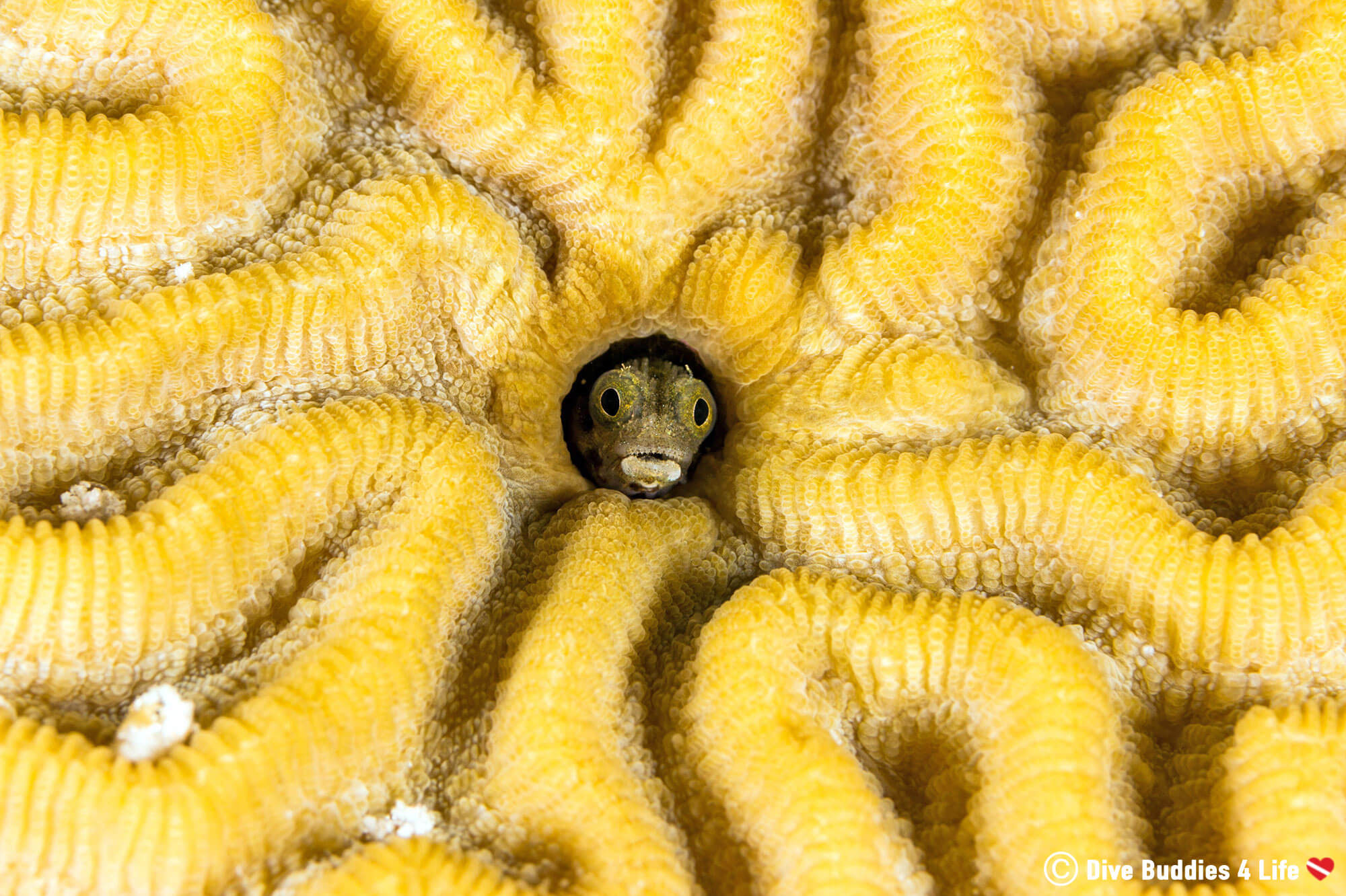
Macro photography is the art of close-up photography on small subjects.
Generally, anything small enough to fit within a 5-by-7 inch area is considered macro. In the underwater world, this includes but is not limited to things like bugs, juvenile fish, slugs, nudibranchs, and corals. This type of photography can happen in a studio, however more often than not underwater macro photography is done in an outdoor environment.
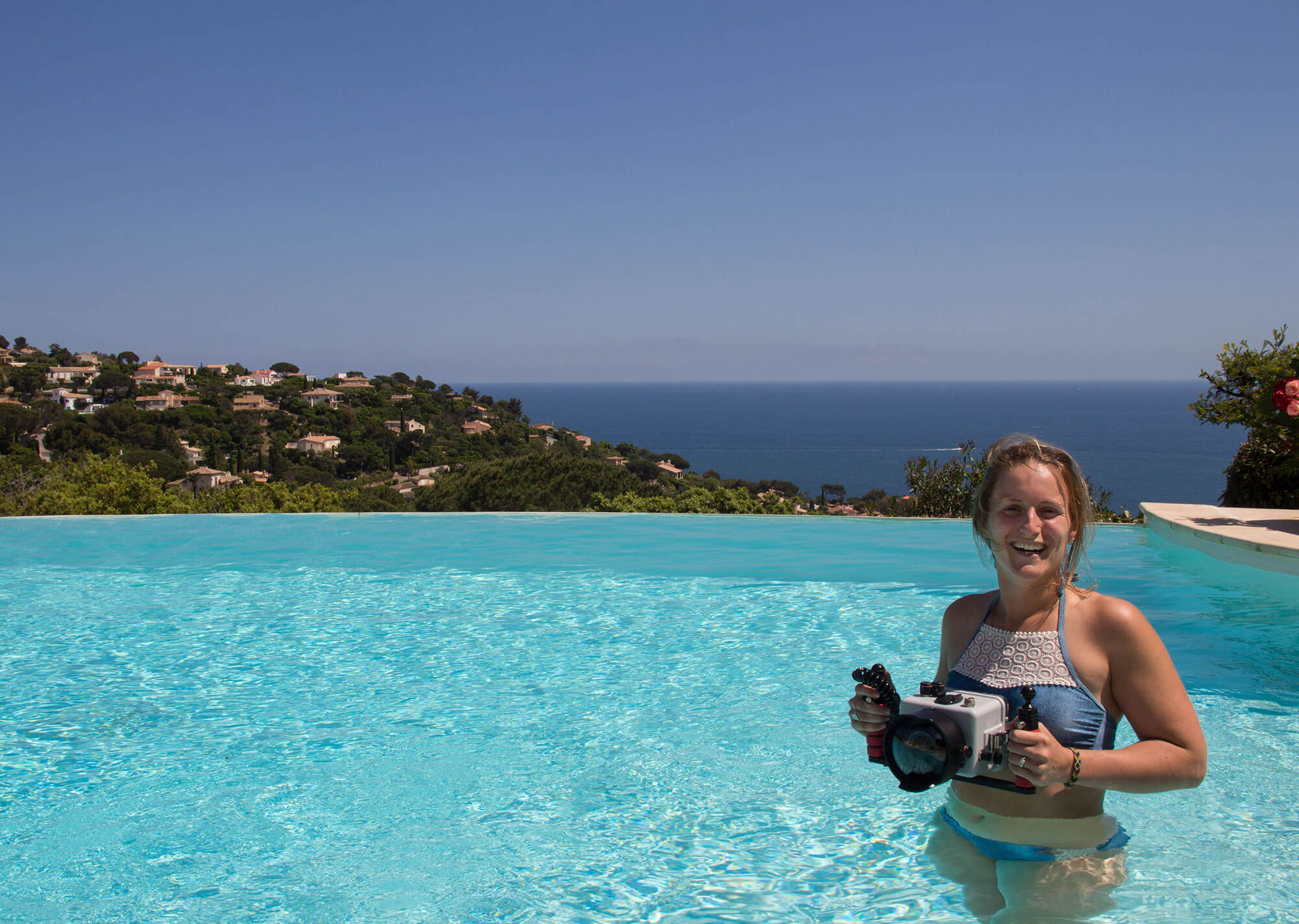
If you’re new to underwater photography OR just need some handy beginner tips: Take a look at our Beginner Guide to Underwater Photography blog post. This write-up will help any newcomers in the field take their love for photography to new and exciting depths.
When looking at the underwater world through the macro lens of a camera, most see a jumble of colors and textures all washed into one frame.
For achieving good macro photography, the trick is to not necessarily to show everything you see through the lens of your camera, but rather finding simplicity in a single element and taking away the background of distraction.
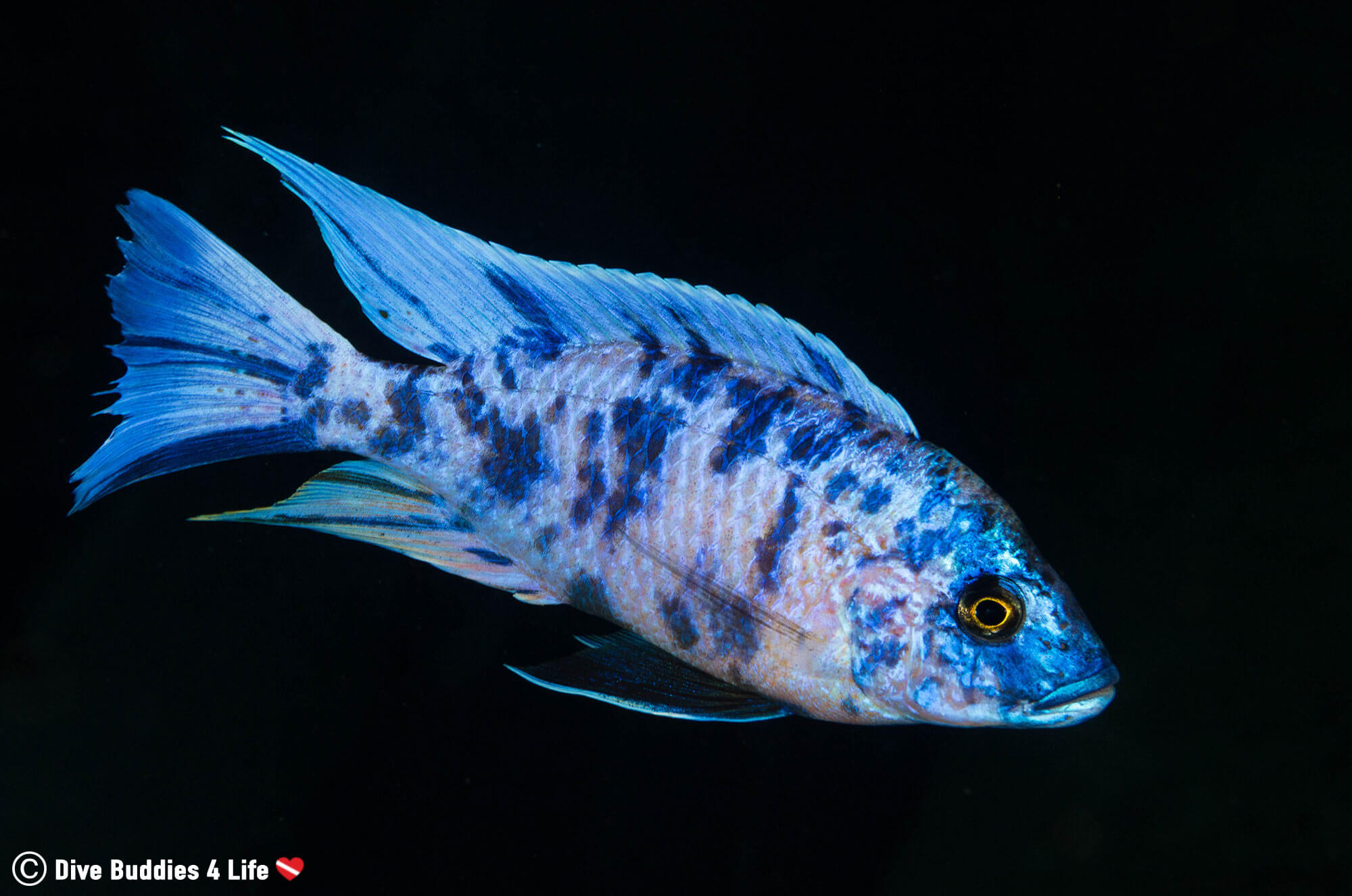
When you’ve never done macro photography underwater, it can be hard to determine where to start.
In terms of camera equipment, you don’t necessarily need the best of the best. More important a top-notch camera is practice, understanding photography concepts and knowing how to use your own equipment.
Our equipment setup consists of a Canon EOS Rebel SL1 DSLR Camera with a Canon 60mm EF-S macro lens. These two pieces of photography equipment are encased in an Ikelite housing and lens port with two DS 161 strobes.
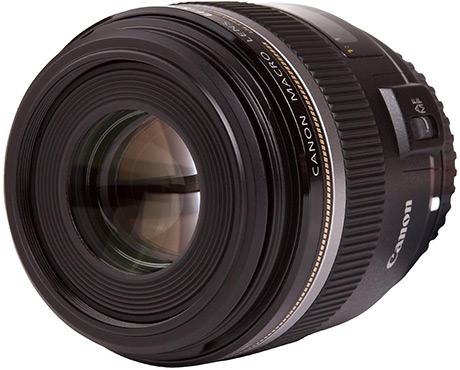
The Canon EF-S 60mm Macro Lens is the perfect addition to your underwater photography kit. The lens is non-Image Stabilised and has an aperture of f/2.8.
After you figure out your equipment necessities, next you need to worry about camera settings which can vary across compact and DSLR cameras.
Our suggestion for macro beginners with a DSLR – set your camera up for manual shooting as follows:
Shutter speed:
1/100
Aperture:
F11
ISO:
100-200
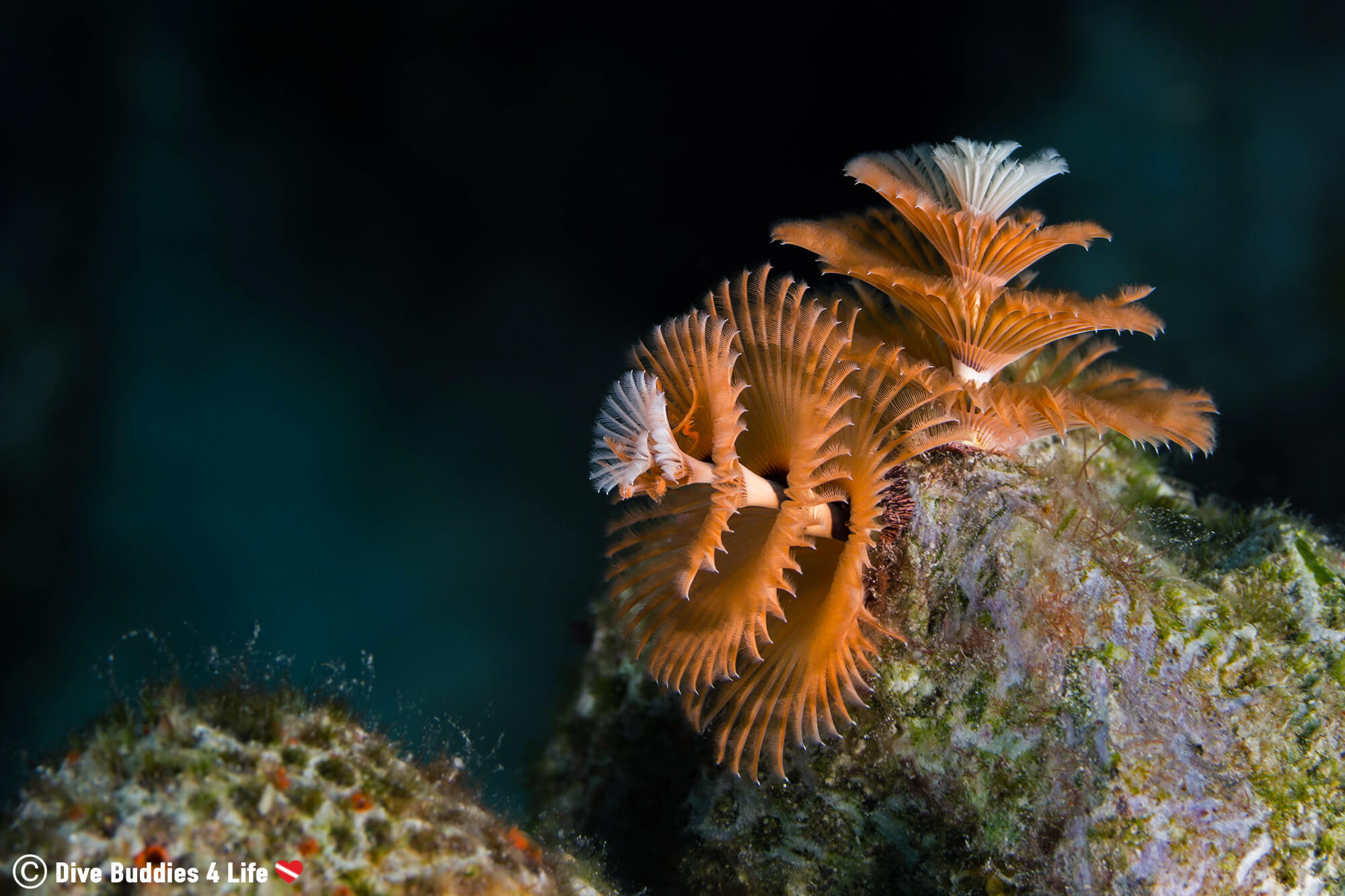
Here are some tips and things worth thinking about to help you succeed in taking underwater macro photographs and separating the focus of your picture from the rest of the aquascape:
Not all photography subjects are created equal. Some are better than others.
In macro photography, it’s essential to look at how a subject moves, lives, swims, and interacts with its environment. These key features will allow you to decide if it is a good subject and predict a good position for a photo.
When taking macro pictures, make sure you can capture the most crucial part of the animal (typically the eyes or rhinophores). You want these features to be sharp and in focus.
A subject where the distinguishing head features cannot be captured crisply, either because they are wedged between a rock or turning away from the camera, may not be your best photography option.
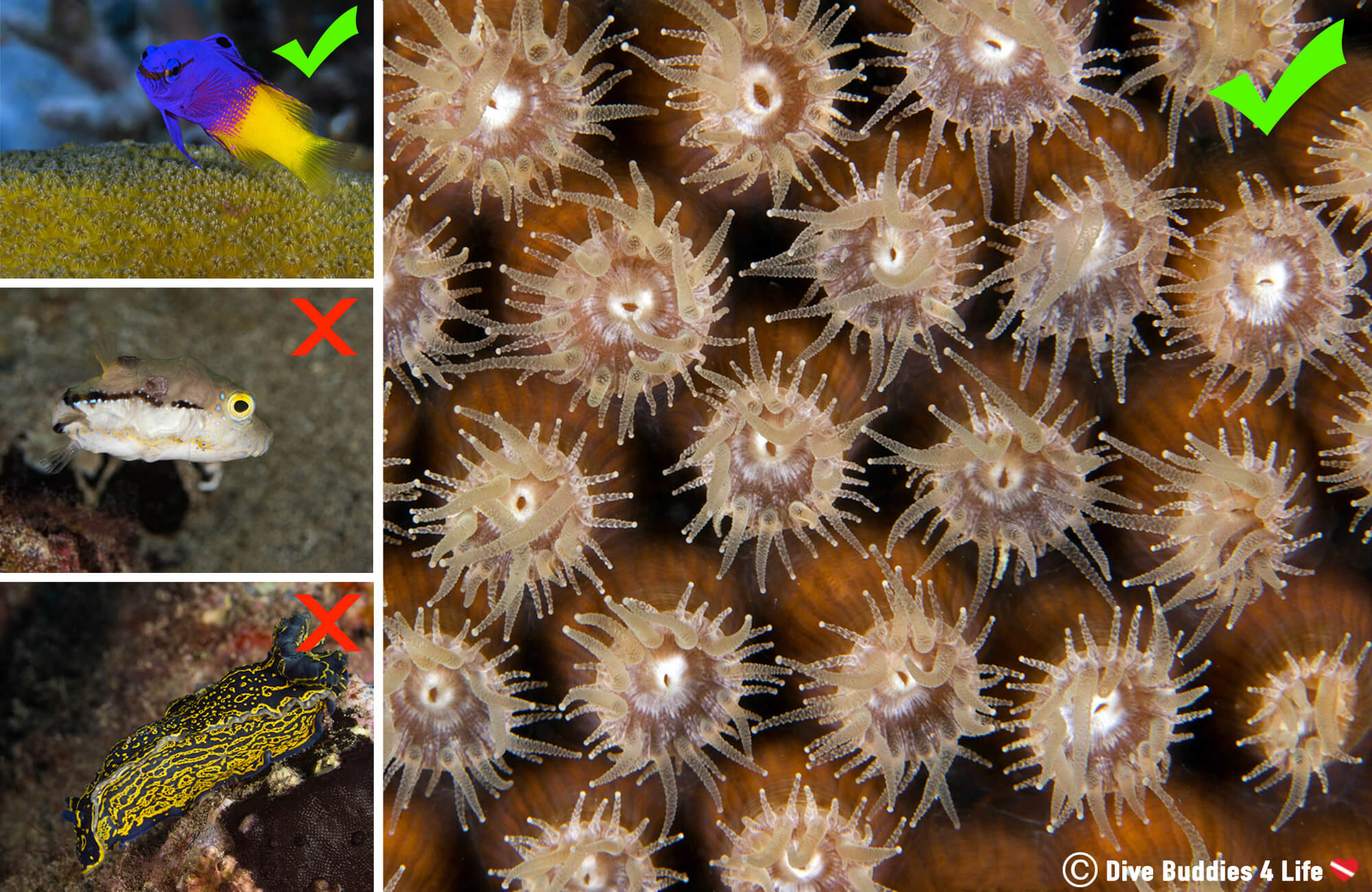
Finding an excellent macro photography subject is one thing, displaying it in your frame is another beast altogether.
Initially, as you approach an animal, you’ll want to get as low as possible. If your subject permits you, try taking several shots from different angles – head-on, diagonal, shooting from underneath, filling the frame… The rule of thirds is always an important composition rule to keep in the back of your mind when shooting macro.
Interesting Information: The rule of thirds involves dividing your image into a 3-by-3 grid and positioning the critical elements along those lines, or at the points where they meet.
Some of the best macro subjects are the ones that don’t move very much because they allow you to play around with different compositions.
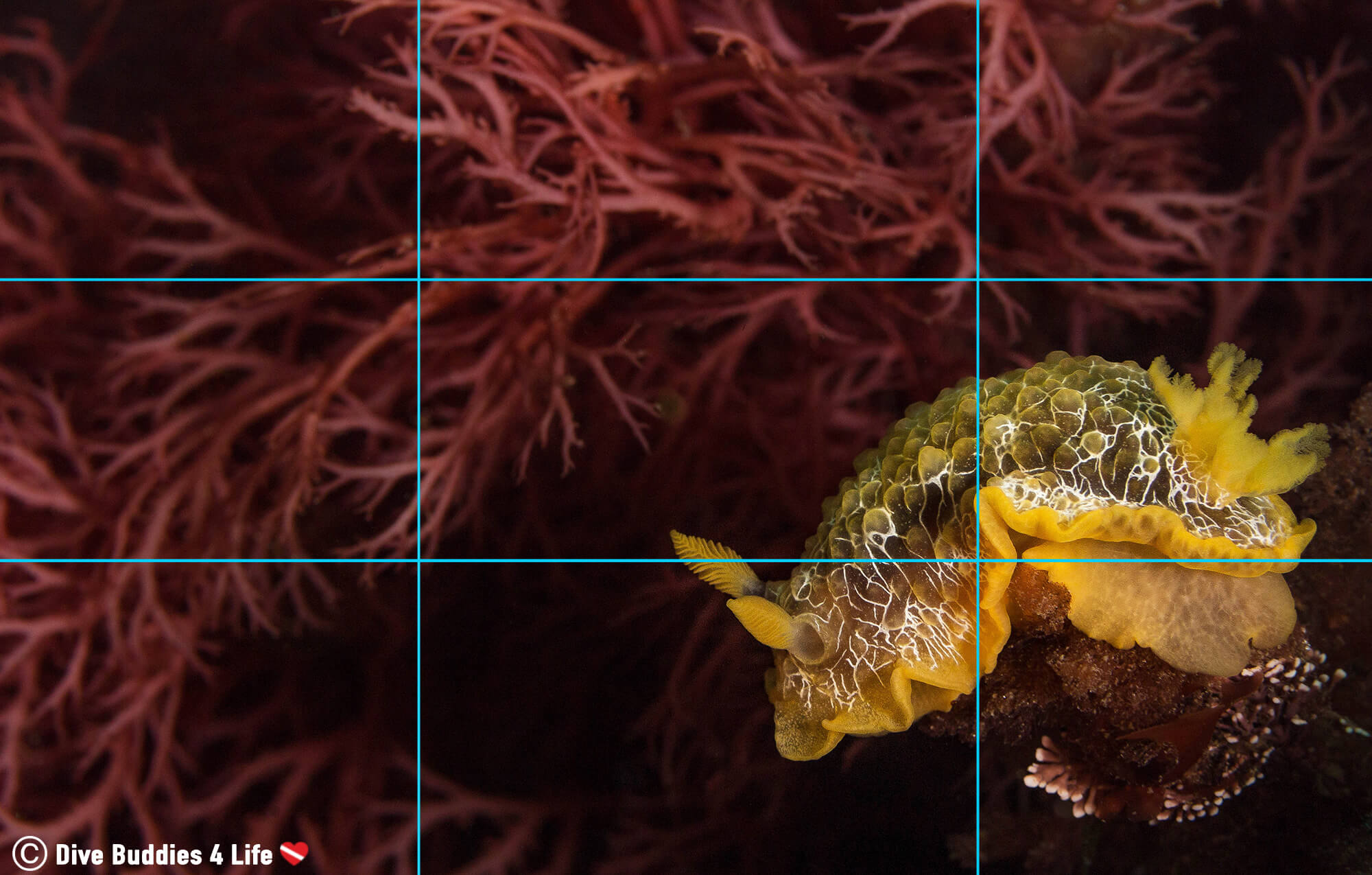
In macro photography, it’s not just enough to have an interesting subject to shoot; you also want to display it correctly on its background.
Distracting pieces of reef, coral, sand, and other fish can sometimes get into the frame and clutter the image. To keep the focus on your subject and minimize confusion, keep the background simple. Looking for contrast and blurring the background work well in making the subject stand out. Sometimes its easier to find an interesting background and wait for a viable photography subject to arrive.
Another option is to create a contrasting background by getting lower and shooting upward. This makes negative space behind your subject and can result in a black, blue, or green backdrop depending on your camera settings.
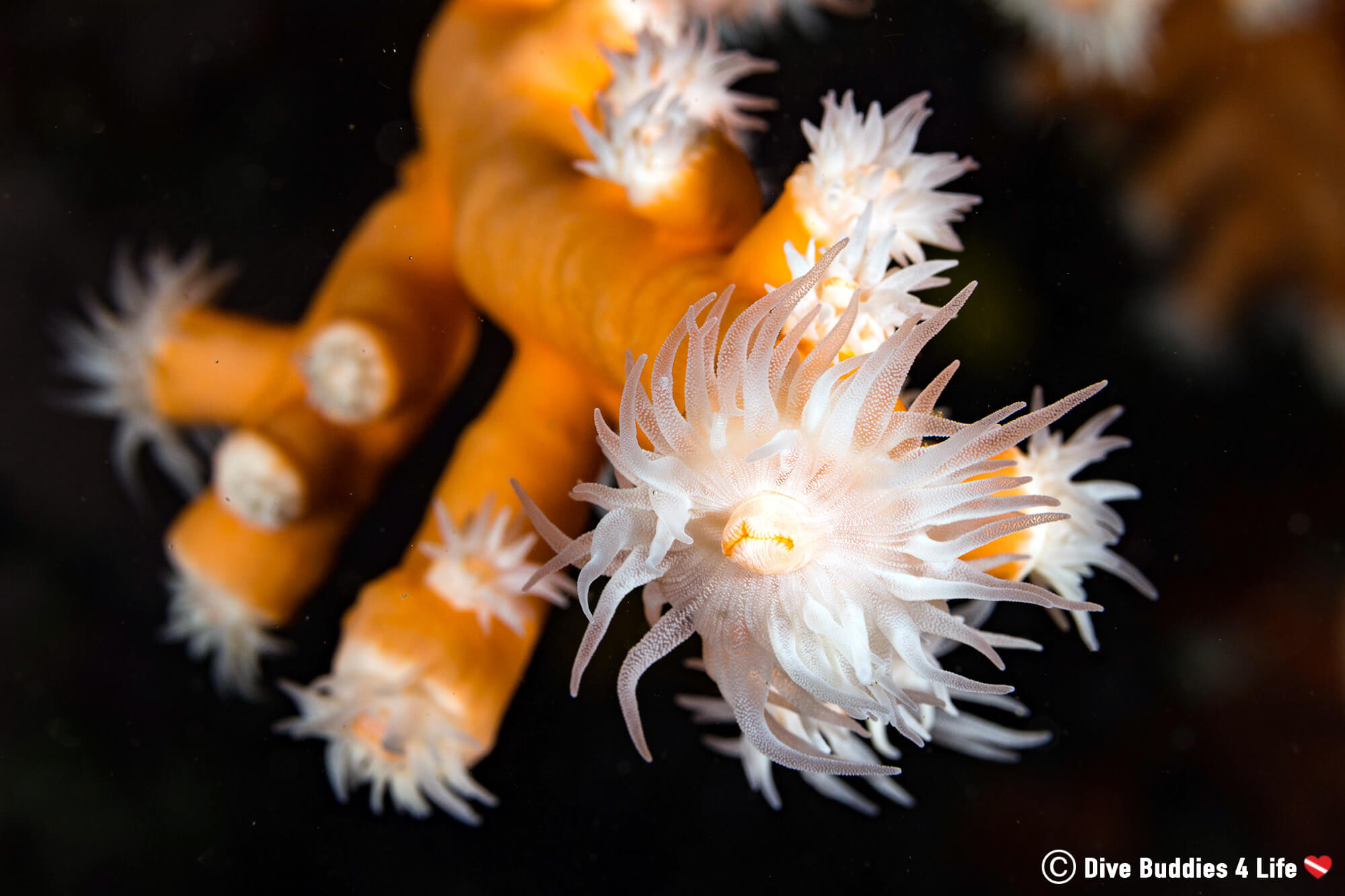
Depth of field (or zone that is in focus) is an integral part of macro photography, which is controlled by the F-stop numbers on your camera.
The smaller the F-stop (large aperture), the blurrier your background will be, and a larger F-stop (small aperture) will bring more of the background into focus.
For macro photography, there is no best F-stop. As a photographer, you need to decide what will make your image POP!
A blurry background can help reduce image distraction and create separation between your subject and the background. But at the same time having a very blurry image with a single point in focus can also yield beautiful results.
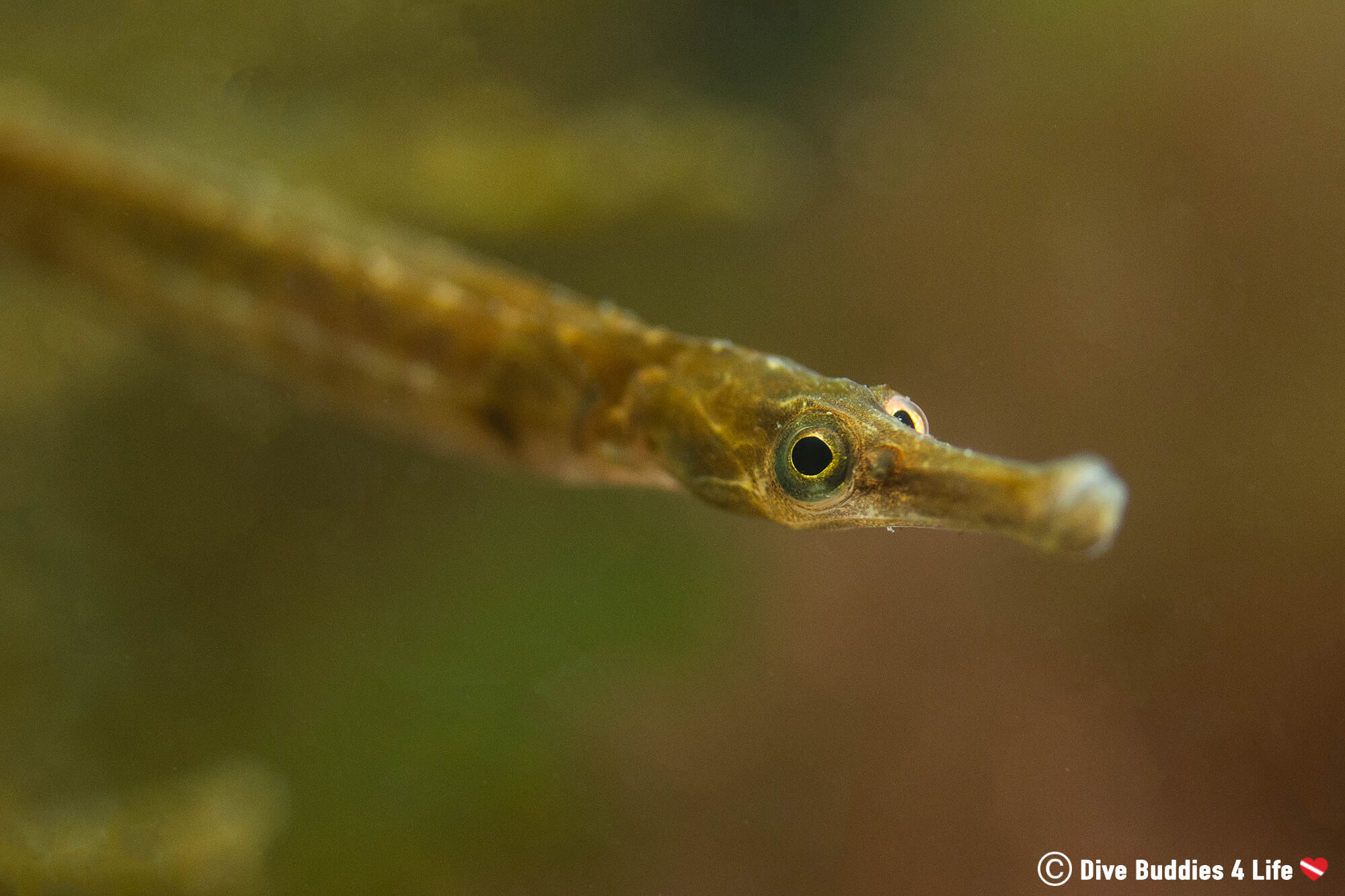
Lighting is essential for macro photography, especially underwater.
Water is approximately 800 times denser than air, and because of this density, light is absorbed from the aquatic environment – quickly. To compensate for this loss of light, underwater macro photographers need to include one or more artificial sources of light in their camera kit.

Our go-to photography strobes are the Ikelite DS161 with NiMH rechargeable battery pack. The DS160 series strobes are specifically designed for underwater use to provide the most colorful and natural wide-angle lighting on the market.
A typical macro setup includes a camera and two strobes. These strobes generally caress each side of the camera lens in what’s called the 9-3 position and can be moved depending on subject location and distance from the camera.
To bring out detail and texture in the macro subject, we encourage side and backlighting, where the strobes will cast dramatic shadows and illumination over the critter in question.
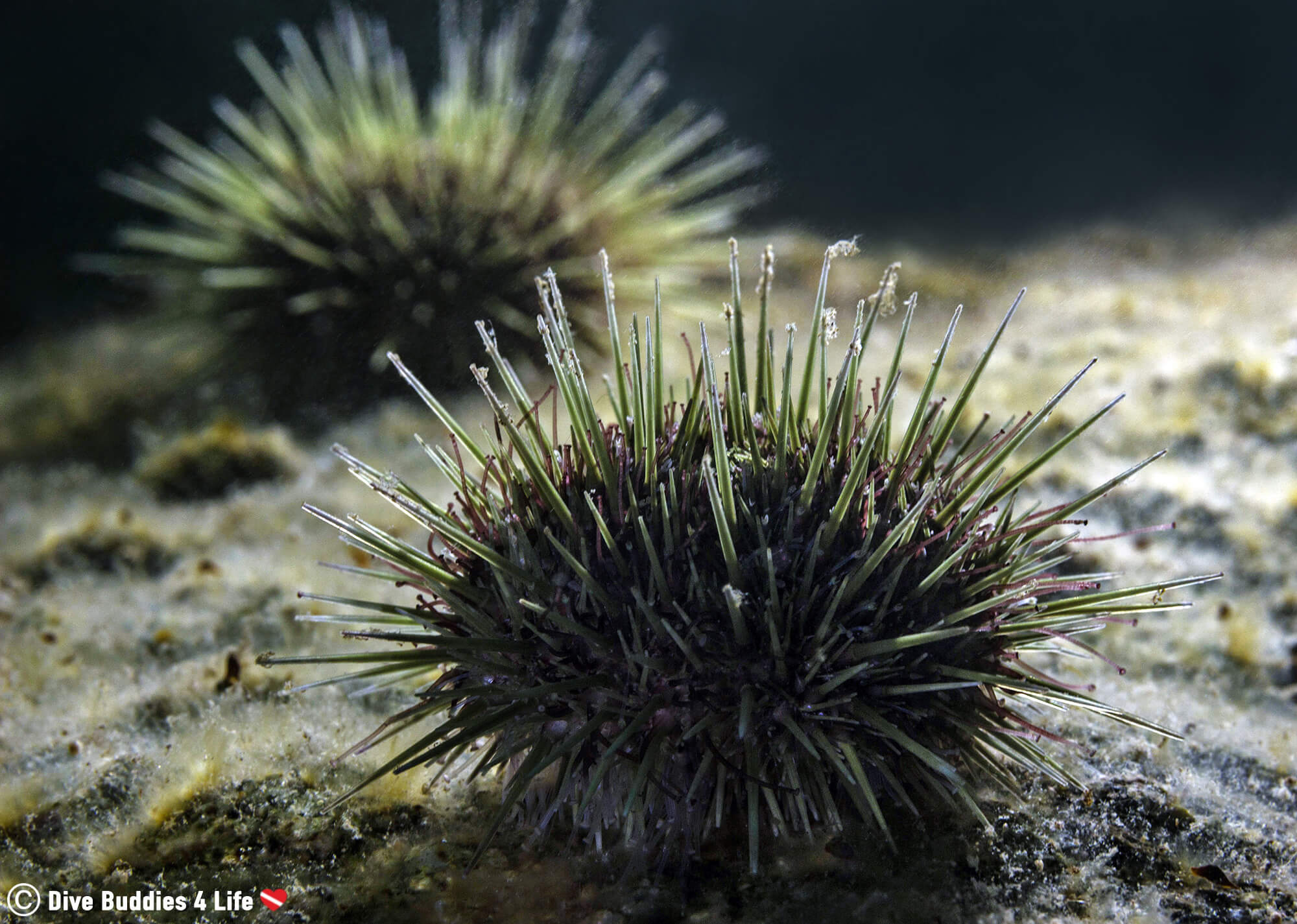
There is something aesthetically pleasing about having a dramatic line cutting across an image.
Lines and shapes, paired with a subject can add finesse and visual appeal to your frame. Try to look for a simple subject and a background of lines, circles, or squares that work together in harmony with said subject.
Whether its bulbous coral nodes topped off with a juvenile fish or whisps of kelp holding a feeding snail, sometimes beauty can be found in the environments geometric shapes.
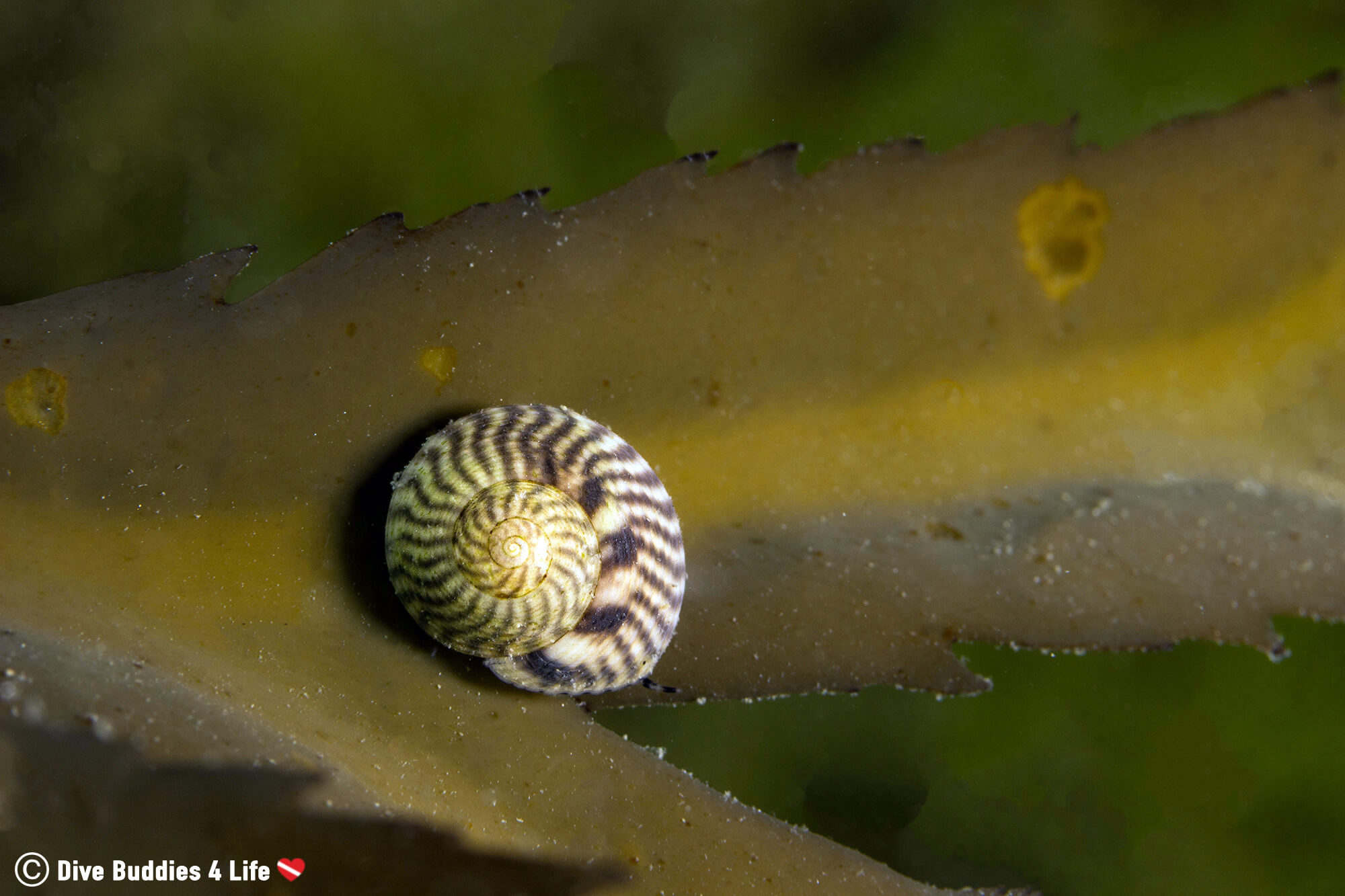
Macro photography forces the shooter to slow down and observe the little critter that often goes unnoticed by other divers. Photographers will often spend an entire dive confined to a small area due to endless photo opportunities.
Shooting macro is a great way to start your underwater photography journey. It’s often much easier to get the hang of than wide-angle. And it also yields fun results, after all, who wouldn’t want to see a marine creature from up close.
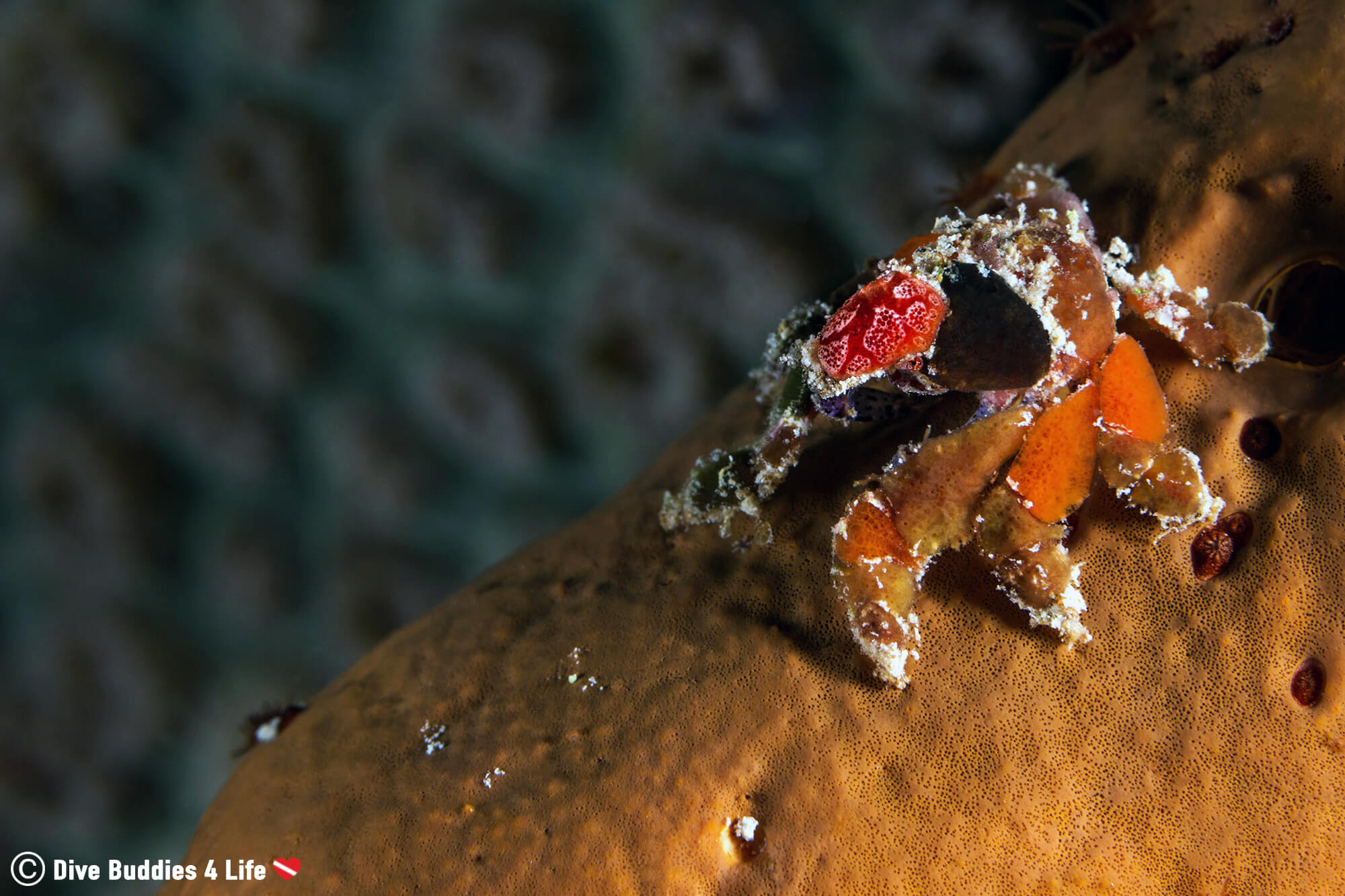
What are your favorite macro photography tips and tricks? Share with us in the comments below
Writers Note: This post may contain affiliate links. We will make a small commission if you make a purchase through one of these links, at no extra cost to you. See full disclosure and disclaimer policy here.


Taking your love for photography to new depths can be a challenge. Here are eight tips and tricks for a beginner underwater photographer.
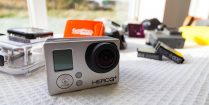
Problem: you want to take decent underwater pictures but good photography gear is just so expensive. Solution: learn how to take good underwater pictures with your handy dandy GoPro, it's easier than you think.
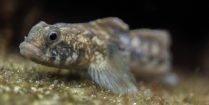
The world knows the Netherlands for their windmills and clogs, but what is not as well known is the excellent shore diving in the southern province of Zeeland.
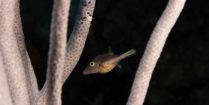
Whether your diving with turtles or admiring coral reefs, get ready to be wowed by the underwater beauty of Bonaire, the shore diving capital of the Caribbean.
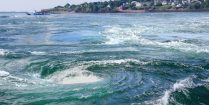
Submerging into the cold waters of Deer Island is one of the best ways to appreciate the vibrant array of color the Bay of Fundy hides beneath her surface.
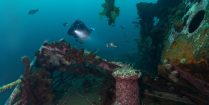
Do you enjoy cold water wreck diving? This dive destination will let you experience the best shipwrecks and scuba diving opportunities on the Canadian east coast.
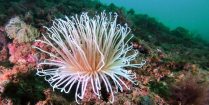
With thrilling shore dives, an amazingly sunny climate and marine animals coming from the Atlantic Ocean and Mediterranean sea, it's no wonder scuba divers are seduced by the underwater world of Costa del Sol.
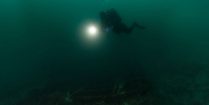
Backroll into to the cold water world of Portugal's Berlengas Island Natural Reserve. Located off the coast of Peniche, this underwater paradise will have you have you gurgling with excitement into your regulator.
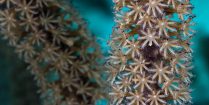
Not all things underwater can be seen at first glance - for some, you need to take a closer look. Macro photography is the art of close-up photography on small subjects.
